This is one in a series of posts on the Nikon Z6 and Z7. You should be able to find all the posts about that camera in the Category List on the right sidebar, below the Articles widget. There’s a drop-down menu there that you can use to get to all the posts in this series; just look for “Nikon Z6/7”.
There has recently been some controversy about the relative noise behavior of the Nikon Z6 and Z7 in deep shadows. I am addressing those differences in a series of posts which will include both quantitative results and visual ones. The series starts here.
There are people who think the Z6 has better shadow noise performance than the Z7 because the native ISO settings on the Z6 go a stop higher than those on the Z7. I consider this a variant of “goes to eleven” thinking, but I ran a test at ISO 51200 for the Z6 and and Hi 1.0 for the Z& (for some strange reason, setting the Z7 to that ISO requires that you turn off EFCS and the electronic shutter) anyway.
I made exposures at f/11 and 1/8000 seconds of the Macbeth patch set, lit with a Westcott 1×2 foot LED panel behind a Westcott softbox at 30% brightness and 5500K, with the two cameras. I developed the images in Lightroom, with Adobe Standard profile, sharpening set to the default except the amount was dialed back to 20. I turned off the noise reduction, and left the white balance As Shot, since the images were too noisy to get the eyedropper to work. I gave a 0.5 EV Exposure push to the Z6 image and a 0.67 EV push to the Z7 one.
Here are two crops at 1:1 for both cameras.
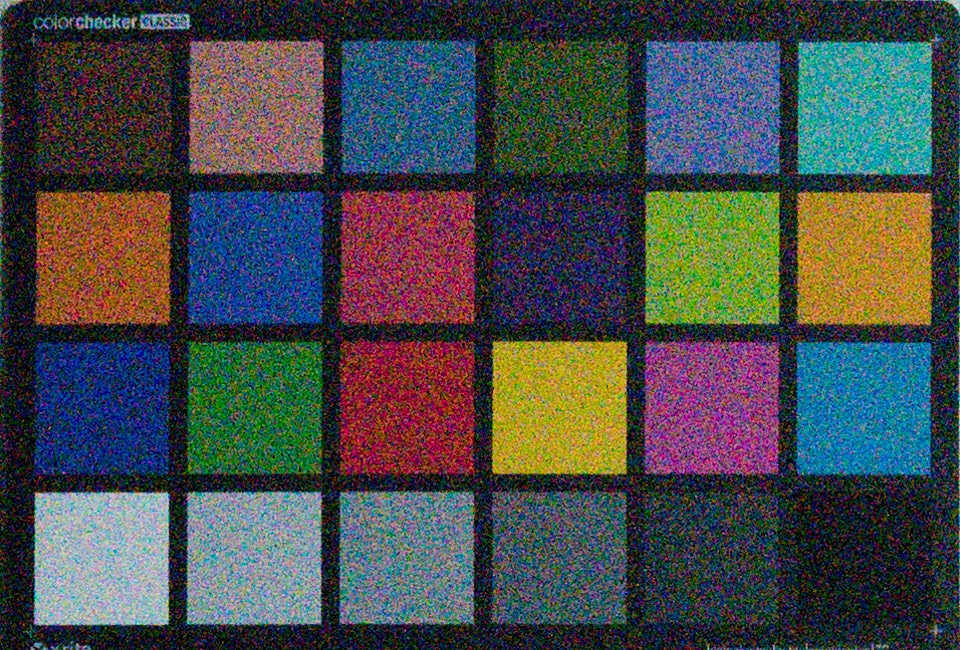
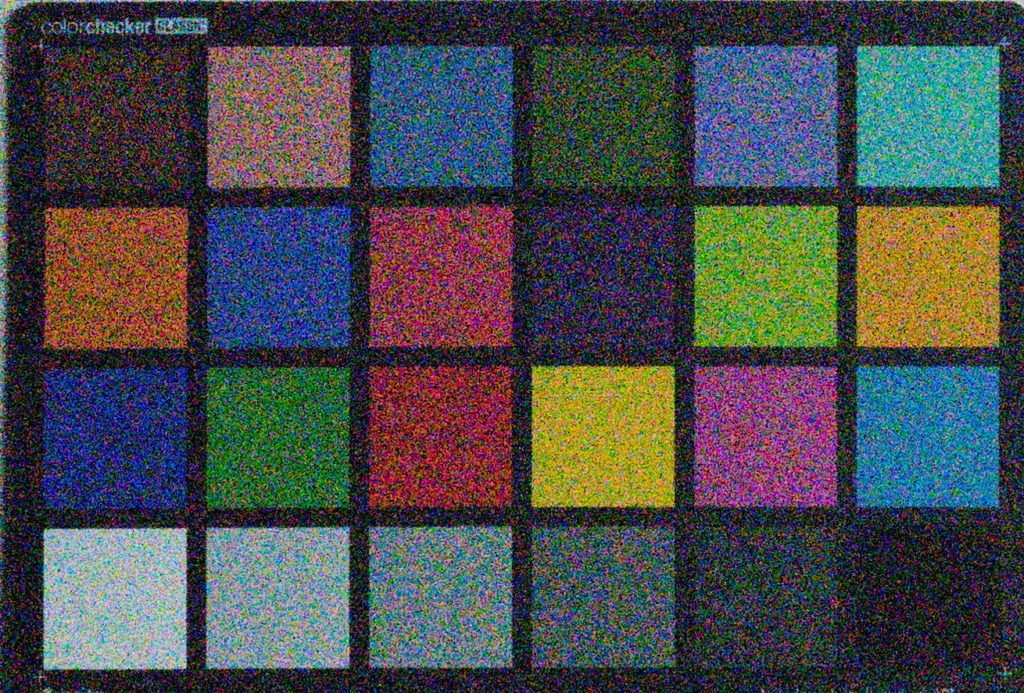
To level the playing field that is tilted by the two cameras having different resolution, I exported both images from Lightroom at 1600 pixels high, then re-imported them and cropped. They are seen here at about 250% magnification.
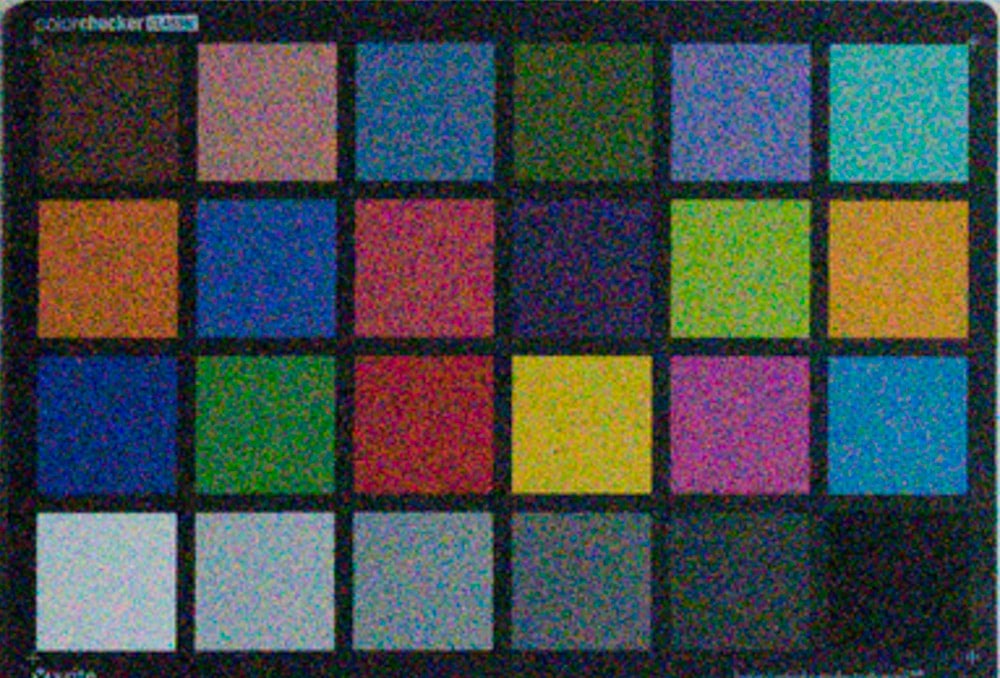
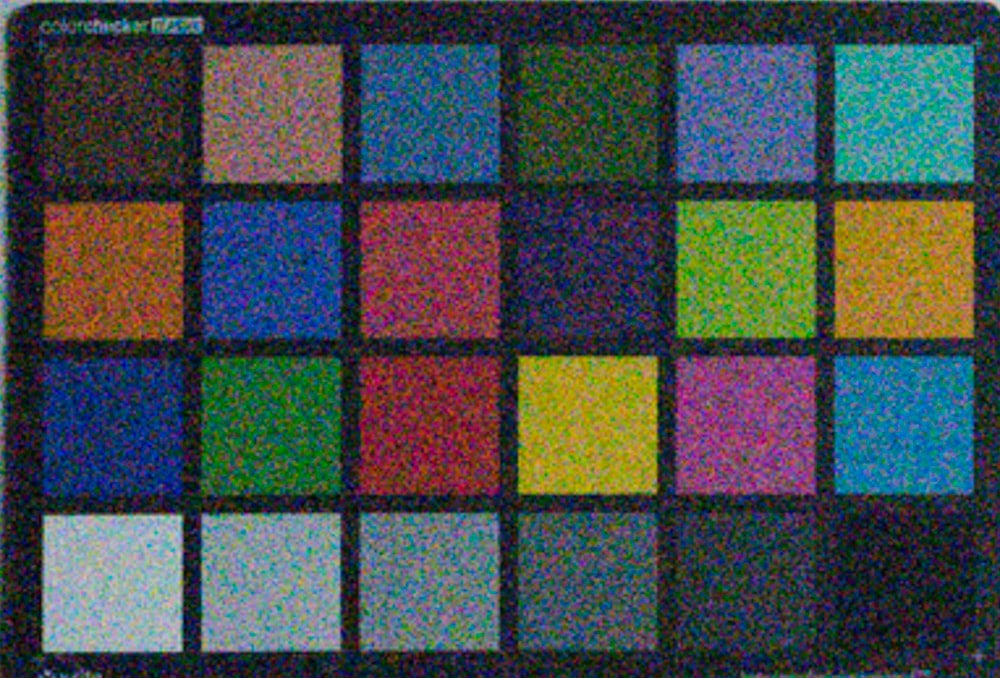
The Z7 has a tiny bit more noise — as is predicted by the PDR curves — but I don’t consider the difference significant. And I don’t consider either of these images usable for other than documentary purposes.
Here are the above captures with the Lightroom Color denoise set to 25, which is the default setting; First at 1:1:
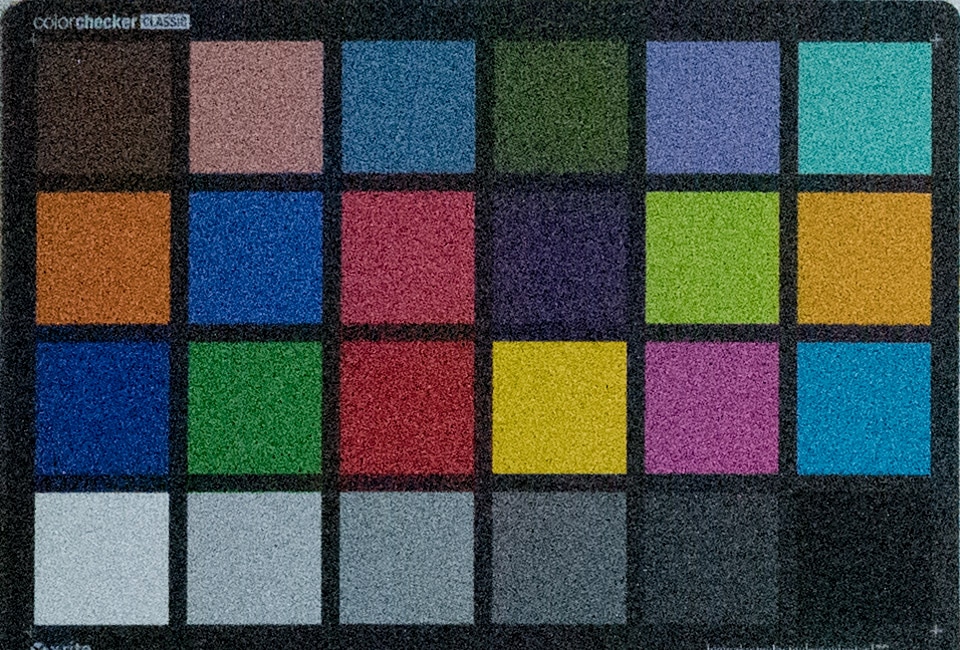
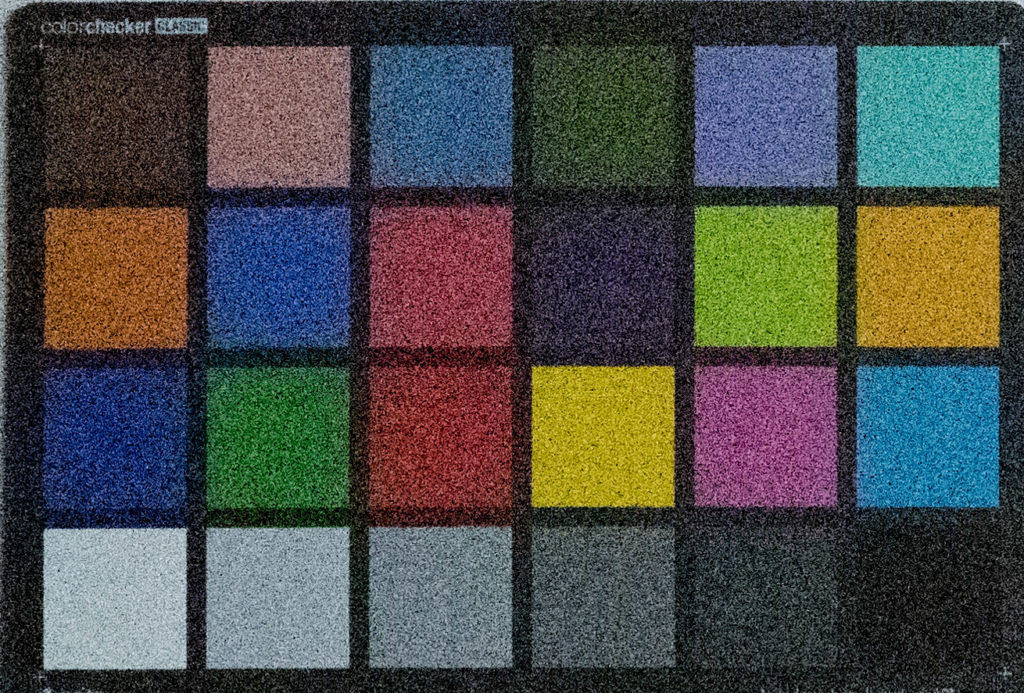
And now downrezzed to 1600 pixels high and magnified to 250% or so:
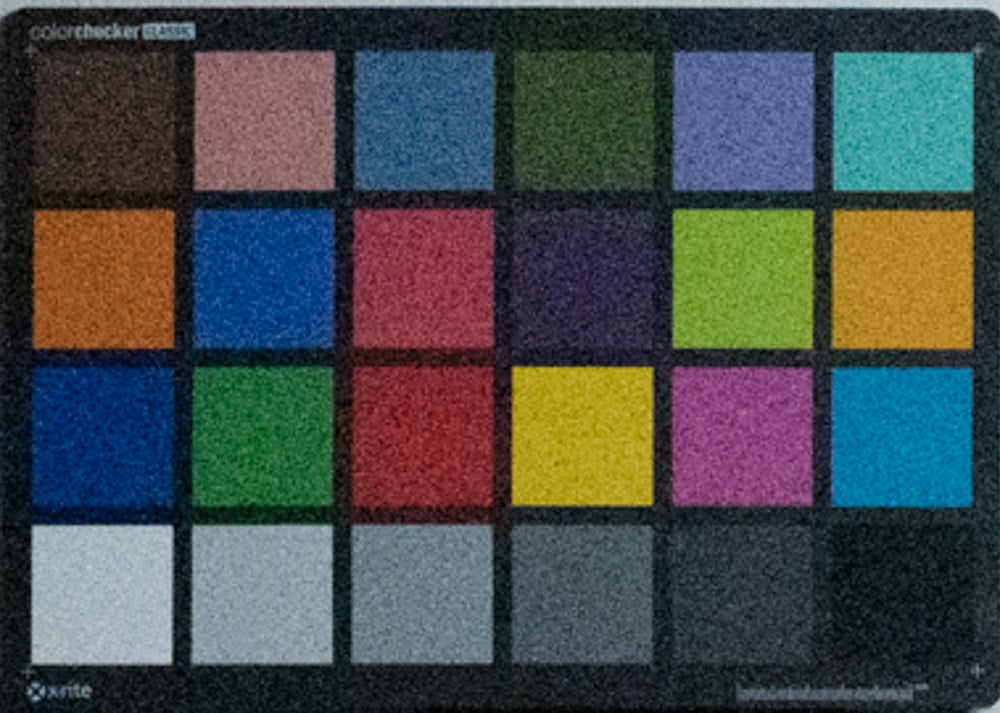
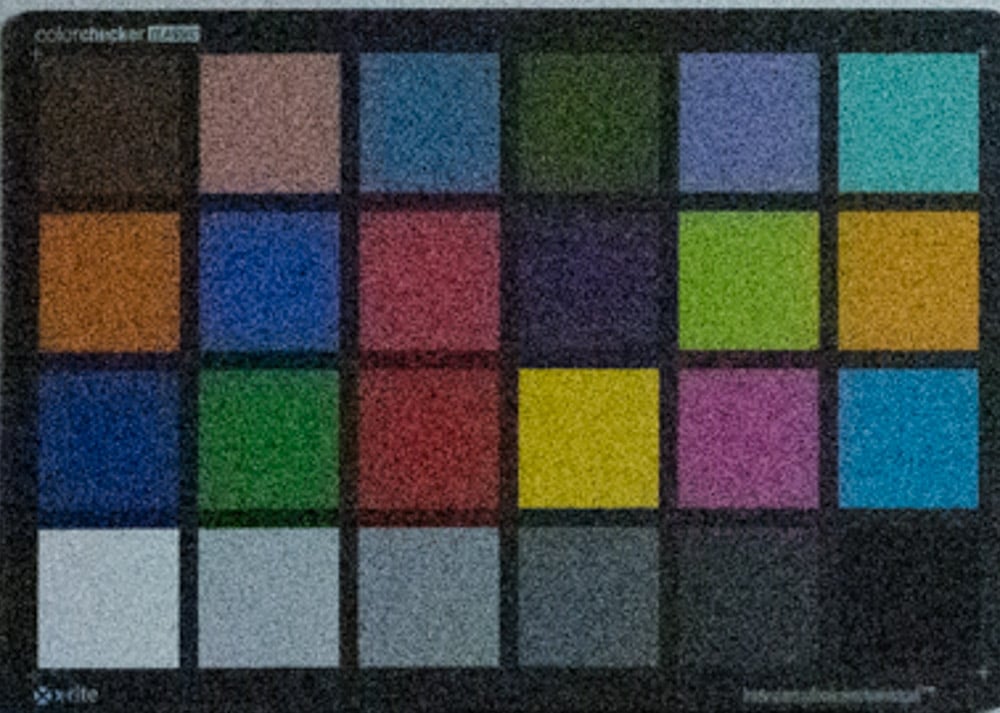
I see Z6 = lower noise, Z7 = high noise.
So what is conclusion? For Nikon users, if you shoot at high ISO, buy Z6. If you shoot at ISO 100 only, buy Z7. For everyone else, buy A7RIII.
I think that is a superficial and erroneous analysis, but you are welcome to your opinion.
You should perhaps distuingish between opinion and rubbish.
To litter public places (even the internet) may not be considered ‘freedom of opinion’.
/irony off